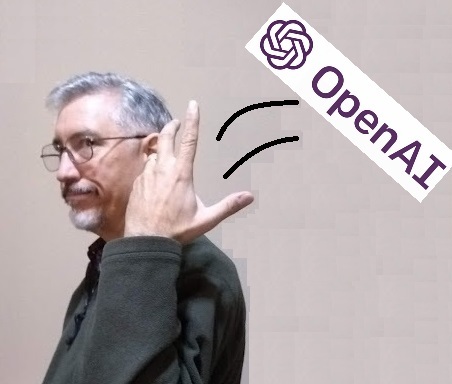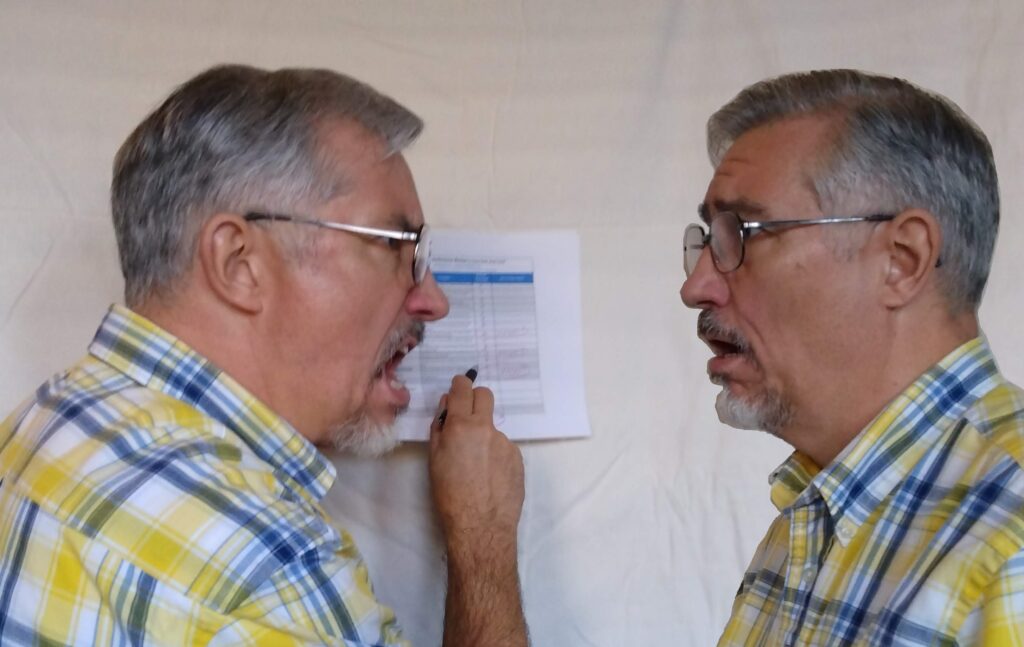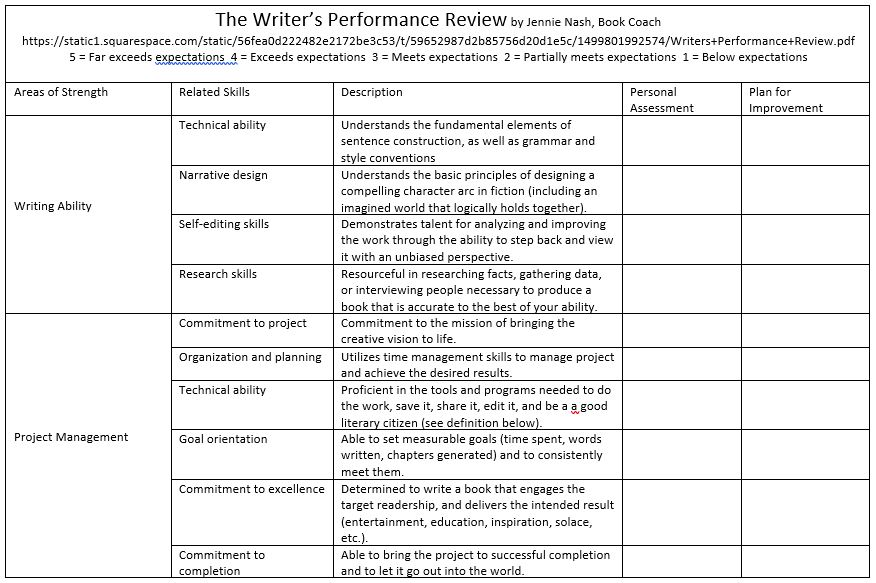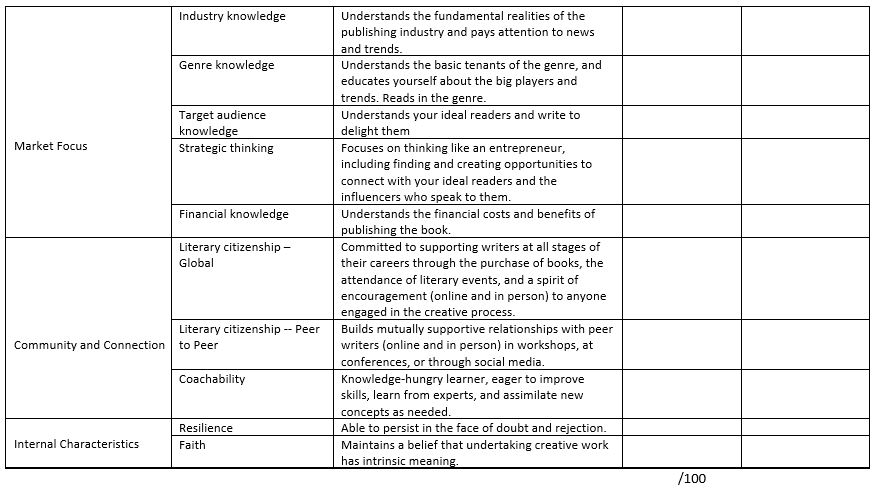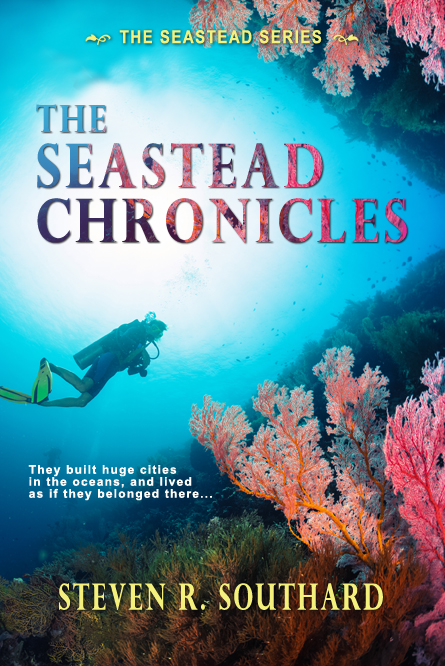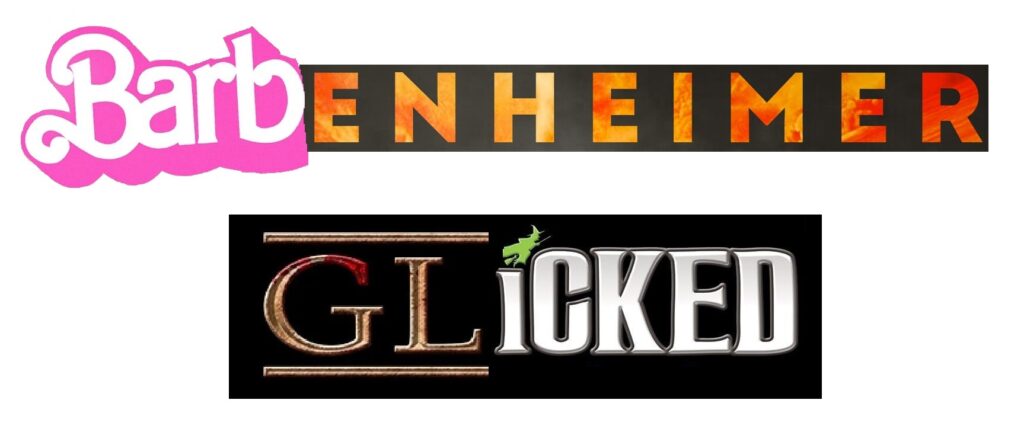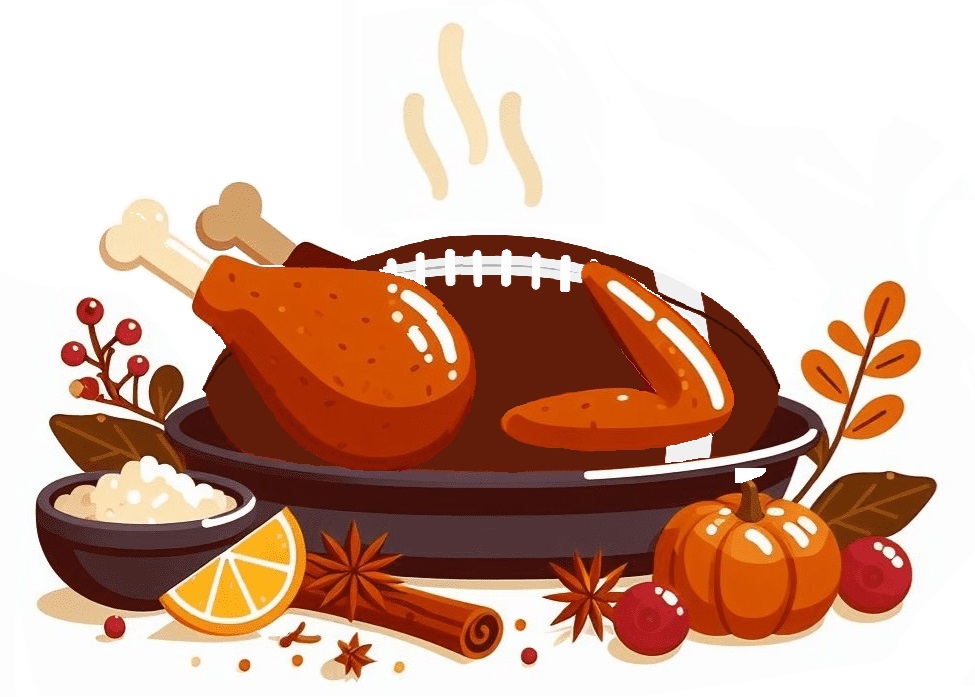Author Alan Cox said, “I figure [making] lots of predictions is best. People will forget the ones I get wrong and marvel over the rest.” Today, Poseidon’s Scribe will make his predictions about the science fiction to be written in 2025. Next year at this time, you can do some forgetting and marveling.
In the past, I’ve tried crystal balls, tea leaves, tarot cards, astrology, palmistry, and ChatGPT, but none of those worked. This year, along with a partner, I used a Ouija Board.
That method may sound silly, but aside from making literary predictions, Ouija Board practitioners have channeled many poems and novels from the great beyond, including a novel titled Jap Herron written by Mark Twain after his death.
In addition, I borrowed and rephrased the ideas of Zul Musa of PublishingState.com and Katelyn Ratliff at Bookstr.
Here’s the science fiction you’ll see in 2025:
Climate Change and Solarpunk
Authors will give us post-apocalyptic, post-climate disaster recovery stories with emerging solarpunk civilizations.
Driverless Cars
Writers will show us the pros and cons of more advanced driverless cars than we have now.
Futurism Beyond Africa
While Afrofuturism will continue, we’ll see books exploring the future of other cultures and regions.
Fact-ion
Scifi authors will combine their fiction with fact. That is, they’ll base a fictional tale on a true event.
Future Romance
Setting a romance novel in the future is fine, but in the coming year, authors will further explore how human relationships might change in the future. What bizarre, new kinds of relationships might emerge?
Interacting With Readers
Remember choose-your-own-adventure books? In 2025, authors will find new ways to allow the reader to influence the story-reading experience.
Linked Minds
Extrapolating the possibilities of Elon Musk’s Neuralink, writers will craft stories featuring human characters interfacing with computers via brain implants.
Merged Worlds
Pairs of authors will collaborate on novels that combine characters and worlds developed separately and previously by each writer.
Quality AI Fiction
In the coming year, an AI will write a good science fiction book.
After the Ouija Board finished making those predictions, I couldn’t resist asking it, “Who will be the most successful up-and-coming author of 2025?” After some hesitation, the planchette moved, guided by spiritual forces beyond our realm. To my amazement, within the planchette’s circular window appeared, one by one, letters forming the name of—
Poseidon’s Scribe


